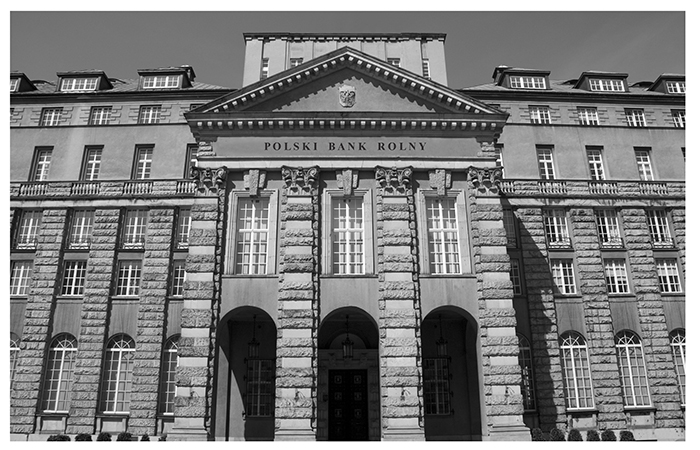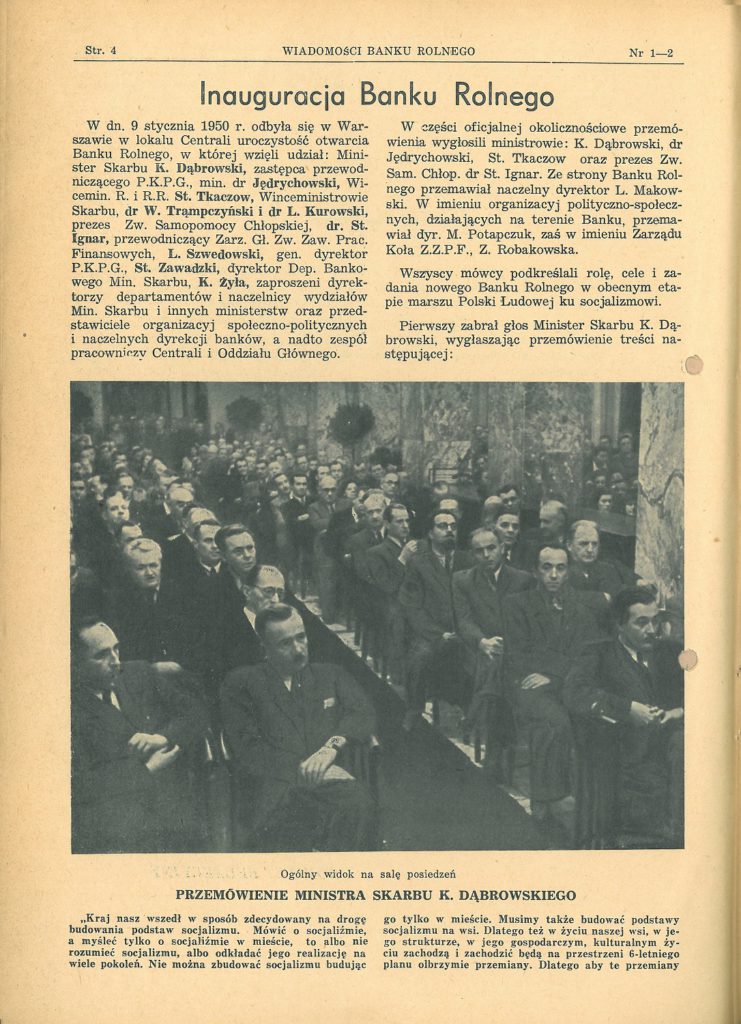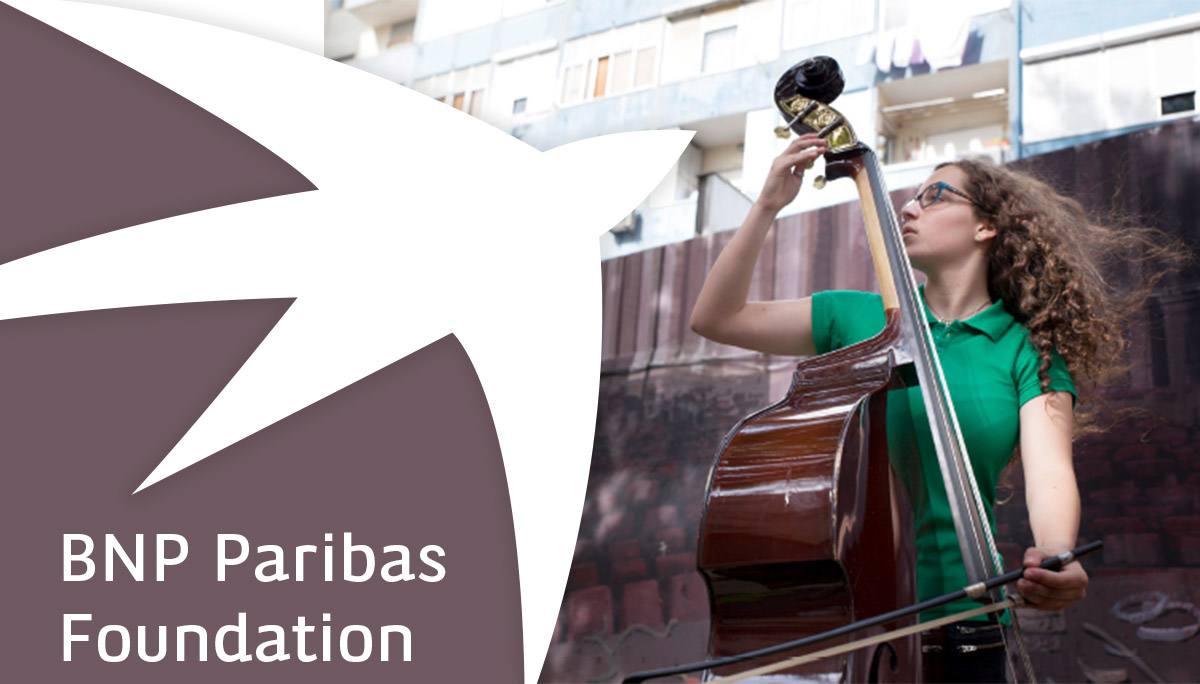A century of BNP Paribas banking in Poland (2/3) : BGŻ, the Polish farming bank

BNP Paribas finalised the acquisition of BGŻ bank on 23 September 2014, but the group’s ties with Poland are far older, as both Banque de Paris et des Pays-Bas and Société Générale de Belgique (BNP Paribas Fortis) financed the Polish economy long before. Let’s look at this lengthy history and at BGŻ, a leading financier in agriculture.
BGŻ, the Polish farming bank
In Poland, BGŻ is a bank not like the others. It originated in the 1919 establishment of Polski Panstwowy Bank Rolny, which was soon rebranded the Panstwowy Bank Rolny (or State Agricultural Bank, PBR) in 1921. The public bank issued most of the loans to farmers to purchase land and acquire means of production, but also financed irrigation and the purchase of fertilizers, etc. Livestock and processing were also extensively modernised.

However, the Second World War left Poland and its agriculture in a catastrophic situation. The PBR was then tasked with financing the reconstruction of destroyed farms and with modernising rural areas. To do so, it relied on local cooperative banks. Panstowowy Bank Rolny was liquidated in 1949 in the collectivist economy after the reorganisation of the Polish banking system and was reborn in 1950 as Bank Rolny (Agricultural Bank) to continue its work as a specialist bank.

A further development occurred in 1975 when Bank Gospodarki Zywnosciowej (“Food Economy Bank” or BGŻ) was established as the result of the association of 1,663 cooperative banks which held 46% of its capital. After the fall of the Berlin Wall in 1989, 1994 was a watershed in the bank’s history; BGŻ became a joint stock company and was floated on the stock exchange. In 2002, BGŻ adopted a development strategy based on the universal banking model after acquiring an electronic banking system the year before The Dutch group Rabobank International Holding acquired a stake in 2004 and constantly increased its investment to 98.5% of capital in 2011. At the same time, BGŻ remained the leading bank in the Polish agricultural sector.









